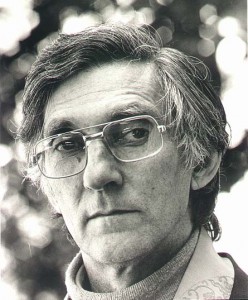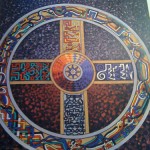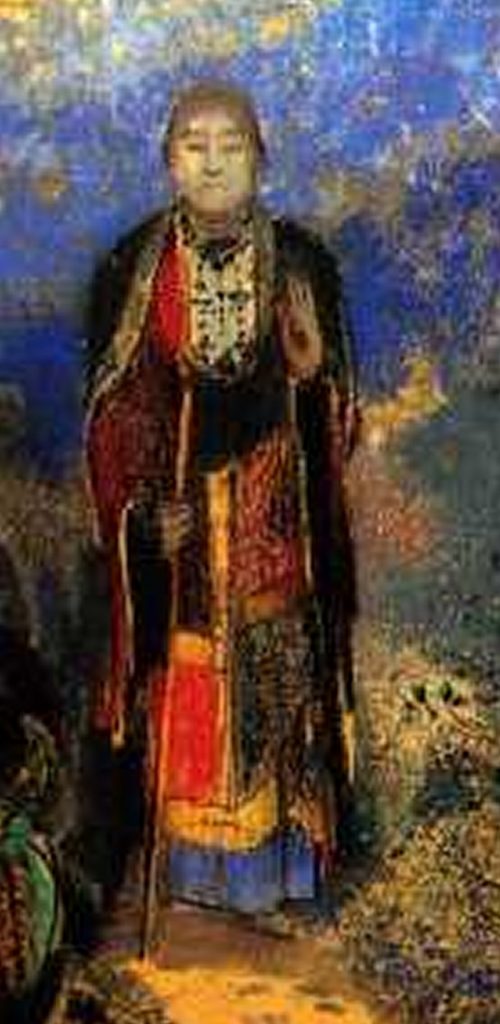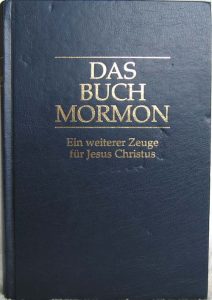Over much of the past year, I have been working on a book that is a critical evaluation of the thought of Sangharakshita, the founder of the Triratna Buddhist Movement (formerly the FWBO). This is an exercise in trying to apply the Middle Way to a set of approaches that greatly influenced me in the earlier part of my life, from the mid-1980’s through to 2008, when I resigned from the Triratna Buddhist Order. I have been trying to test Sangharakshita’s ideas by standards that I take to be entirely practical – the standards of Sangharakshita himself at his best. When I was involved in Triratna myself, I actually had little personal contact with Sangharakshita, but had a much closer relationship with members of the Triratna Order who referred to him constantly. Now that I have taken up an evaluative task from without, though, I have actually seen more of him – having six discussions with him between January and June this year. I had arranged a seventh this week, only to hear today that Sangharakshita, after being admitted to hospital with pneumonia, had died. Just as I was reaching the conclusion of my book, by coincidence, Sangharakshita’s life itself has concluded. This is a long-expected event about which Sangharakshita himself was very straightforward, but death still always takes us by surprise.
It is probably fair to say that, without Sangharakshita, there would be no Middle Way Society, at least in the form this one takes. It is from the movement that he founded and shaped that I experienced a living example of a spiritual movement that takes universal elements from Buddhism to apply them in the West, and that puts the emphasis on integrative practice rather than merely belief. It was this model that had influenced me most – both positively and negatively – when I proposed setting up the Middle Way Society, and especially that made me feel that retreats with a focus on practice as well as theory should be an important part of the society’s activity.
Sangharakshita did set considerable store by the Middle Way, and recognised it as an important aspect of Buddhism. One of my discussions with him (in May this year) was recorded as a podcast interview, and was on the theme of the Middle Way and its relationship with Buddhism. I have reproduced this podcast again here. The most interesting part of it begins at around 43:42, where I ask him whether the Middle Way was effectively part of his thinking as he ‘translated’ Buddhism to the West and set up the FWBO/Triratna. Sangharakshita says that he didn’t think it was very much, but also admits that perhaps it should have been, and agrees with me about the distinction between Buddhism and the Middle Way – both that the Middle Way can be found beyond Buddhism, and that Buddhist commitment doesn’t necessarily require people to pay much attention to the Middle Way. Instead, his emphasis was on commitment to the Three Jewels (Buddha, Dharma and Sangha) as constituting Buddhism.
During the past year, I have read far more of Sangharakshita’s work, and reflected on it far more, than I ever did in the days when I was formally (but often reluctantly) his disciple. This process has confirmed me in my view that this point about Sangharakshita’s attitude to the Middle Way is central to understanding both his strengths and his weaknesses. His strengths, at the heart of what he has achieved in Triratna, all arise from the engagement of aspects of Western culture with aspects of Buddhist teaching. His account of mind reactive and creative provides a universal and practical account of Buddhist conditionality teachings. His use of the idea of integration is highly compatible with psychological approaches, and his emphasis on individuality found fertile ground in a liberal democracy. His ideas about provisionality and experimentation even offered a nod towards scientific method – though one that unfortunately did not extend very much further than a nod. All of these offer different approaches to the kinds of judgements that we make when trying to practise the Middle Way – more creative, provisional, integrated and autonomous judgements – and were not necessarily tied to any commitment to the Buddhist tradition. His talk of archetypes even provided ways of interpreting Buddhas in a similarly helpful fashion. This was ‘universal dharma’.
However, to also understand Sangharakshita’s limitations, it is important to take into account his background. As a boy, he spent years in bed as an invalid with a supposed heart condition, reading avidly and setting up a lifetime’s habit of autodidacticism. This made him into a creative and original thinker, but never trained him in the academic habits of consistent critical thinking, nor of adapting his ideas in response to others’ criticism. He was thus poorly set up to actually practise provisionality, or to learn effectively from scientific approaches (which he tended to caricature as ‘materialism’). At the age of sixteen, he says that he read the Diamond Sutra and immediately realised that he was a Buddhist. This evidently gave him a strong intuitive commitment to the Buddhist Tradition that lasted for the rest of his life. Although he was willing to question aspects of Buddhist tradition, such as monasticism, when experience confronted him with its inadequacies, his commitment to the Buddhist tradition often also made him assume that it must be right and accord it endless benefit of the doubt. He allowed members of his Order to be (softly) “agnostic” about rebirth, for instance, but still expected the teachings on rebirth to yield ultimate truths, rather than being willing to drop belief in rebirth as a practically unhelpful aspect of the tradition.
I think these tendencies provide a basic explanation of why Sangharakshita often completely ignored the Middle Way, subjugating it to the authority of Buddhist tradition and making extremely one-sided pronouncements on all sorts of subjects, from the relative spiritual aptitude of women to the supposedly anti-individual nature of Christianity. It does not seem to have occurred to him that the critical process he began in relation to the Buddhist tradition required some sort of coherent justification beyond the limitations of that tradition itself. So instead, many of his followers have substituted the authority of Sangharakshita himself for any such coherent principle. He himself insisted, as recently as 2009, that the basis of the Order should just be what he chose it to be, apparently regardless of the basis on which he judged that it should be like that, and whether that basis stands up to scrutiny. In my view any such absolute appeal to authority as constituting the Triratna Order is completely incompatible with the Middle Way, and with the practical development of integration, provisionality, creativity and individuality that actually makes that Order as effective as it is. As long as it is followed, the Order will be subject to a deeply undermining form of cognitive dissonance, with the authority of Sangharakshita’s words at odds with the practical requirements of the conditions. It is also only because of this contradictory over-reliance on Sangharakshita’s own authority that his moral mistakes in sexual conduct turned out to be so upsetting for so many people.
Now that Sangharakshita has left us, there will understandably be an immediate response of grief and shock in Triratna. However, once things settle down, the Order will presumably feel the same release that children may feel at the death of a parent. They can now make the decisions for themselves to a much greater extent than they could before, and they can choose to make the basis of the Order whatever they choose to make it. I would urge them to make practical and universal principles the clear basis of the Order, with Buddhist tradition having an archetypal and symbolic rather than authoritative function. Only in that way can they extend the benefits of the best of Sangharakshita’s teaching, and of some of the excellent practices they have built up, to a wider section of the population. Heading the home page of Adhisthana, the retreat centre where Sangharakshita lived and where his funeral will shortly take place, is a quotation from Gustav Mahler: “Tradition is the handing on of the flame, and not the worship of ashes”. Now is the time when we will see if the placing of that quotation means what it says.
For myself, I may well go to the funeral to pay my respects to the man I got to know more personally during his final year of life. I also expect to finish drafting my book fairly soon. After that, I am looking forward to moving on from Triratna-related concerns to wider and more pressing ones – particularly those that relate to the political situation and climate change. I have no intention of getting deeply sucked into Triratna again in the long-term, much as I will have learned, and I hope also perhaps contributed, by a temporary period of re-engagement. If Triratna starts to take the Middle Way more seriously, I will welcome that with great gladness. If it does not, I’m happy to leave it to worship its own ashes.






